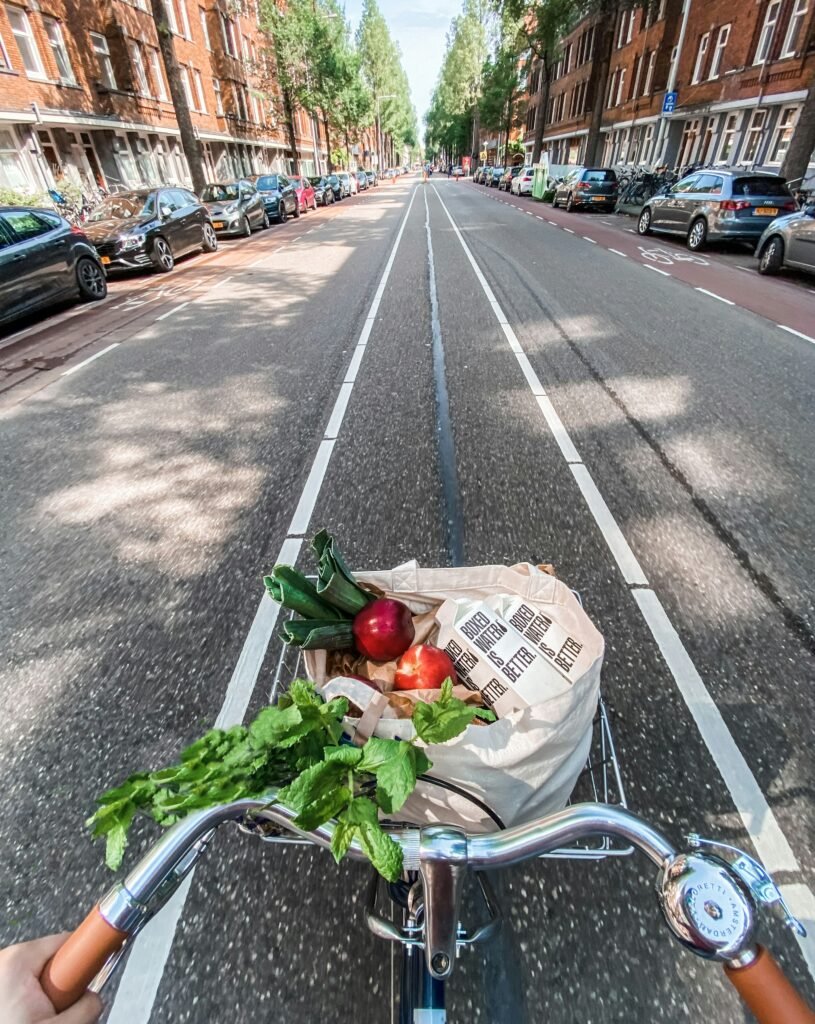
The Evolution of Urban Markets in America
The history of urban markets in the United States is a fascinating journey that reflects broader societal transformations. Beginning as traditional farmers’ markets, these marketplaces were primarily focused on local agricultural produce, providing communities with access to fresh goods while supporting regional farmers. The organization of these markets can be traced back to colonial times when local communities gathered in open spaces to trade surplus crops and goods.
As urbanization began to take root in the nineteenth century, particularly during the Industrial Revolution, cities expanded rapidly, leading to changes in both consumer behavior and market dynamics. The influx of people into urban areas fostered a shift from agrarian practices toward a more commercial framework. Consequently, urban markets transformed to accommodate the growing needs of the populace, evolving from simple exchanges into structured venues where multiple vendors could offer a variety of products.
By the early twentieth century, urban markets had further matured, with notable advances in technology and transportation allowing for the incorporation of diverse goods, including imported items. This era also saw the advent of institutional markets, which served not only as food distribution centers but also as vibrant community hubs. The rise of supermarkets in the mid-twentieth century posed a challenge to traditional urban markets, as consumers began to favor convenience and variety over local sourcing.
However, the late twentieth century witnessed a resurgence of interest in urban markets, driven by a growing awareness of sustainability and the importance of supporting local economies. Today, urban marketplaces in the USA encompass a wide range of offerings, from artisanal foods to crafts, reflecting not just economic trends but also cultural influences. This evolution illustrates the adaptability of urban markets, allowing them to continually meet the changing demands and preferences of consumers while fostering community engagement.
The Impact of Urban Markets on Local Communities
Urban markets have become integral to the social and economic fabric of cities across the USA. These bustling hubs not only provide a venue for local vendors to showcase their goods but also contribute significantly to the local economy. By prioritizing locally sourced products, urban markets reinforce community ties and keep financial resources within the region. This practice invigorates small businesses, creating jobs and fostering entrepreneurship, which are crucial for economic stability and growth.
Moreover, urban markets often promote sustainable practices. They facilitate the use of environmentally friendly methods among local farmers and artisans, reducing the carbon footprint associated with long-distance food transport. Many vendors engage in organic farming and sustainable production methods, creating a ripple effect that encourages consumers to adopt healthier, more responsible consumption habits. A narrative shared by a local vendor highlighted how consumers are increasingly conscious of where their food originates, insisting on fresh, locally sourced options that these markets readily provide.
In addition to economic benefits, urban markets foster community engagement by acting as social spaces where residents can connect. These markets often host events, workshops, and performances, encouraging interaction and collaboration among diverse community members. A recent study revealed that market visitors reported feelings of increased community connectedness, noting this as a significant benefit of regular market attendance.
However, urban markets do face challenges, such as competition from large grocery chains and varying local regulations. Addressing these issues requires collaboration between vendors, city planners, and residents to develop support systems that can sustain these markets. By educating the community on the benefits and necessity of urban markets, cities can create an environment where these markets thrive, ultimately enhancing residents’ quality of life.